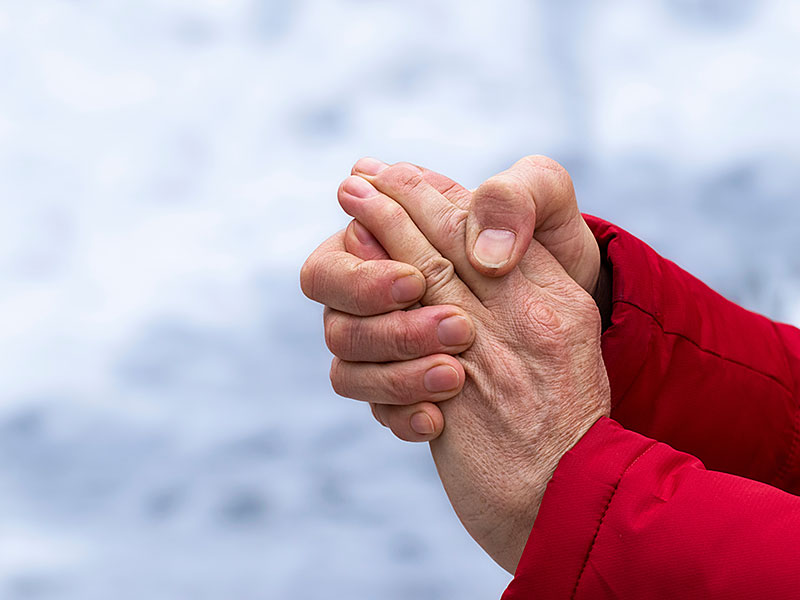What You May Not Know About Winter Skin and Wound Care
 When winter rolls in, the air becomes colder and less humid, and that can be tough on your skin. Without enough moisture, your skin can get very dry, which can lead to itching, flaking and even cracking. These cracks in the skin can make it easier for germs to get in, which could lead to infections.
When winter rolls in, the air becomes colder and less humid, and that can be tough on your skin. Without enough moisture, your skin can get very dry, which can lead to itching, flaking and even cracking. These cracks in the skin can make it easier for germs to get in, which could lead to infections.
Dry skin can also make conditions like eczema worse and can slow down the healing of wounds, which is something to watch out for, especially if you have diabetes or other health conditions that affect your skin's health. Around 12% of people with diabetes experience diabetic foot ulcers in their lifetime, says the Centers for Disease Control and Prevention, and a lack of attention to good skin care can make things much worse.
Skin Care for the Cold
Moisturize. Use lotion on damp skin for moisture after bathing, a hand cream after each hand wash and lip balm to prevent chapping. When it comes to finding the right winter moisturizer, look for something with occlusive ingredients like petroleum or mineral oil that will seal water into the skin.
Properly dress cuts and wounds. In the colder months, make sure to dress wounds so that they’re kept clean, warm and moisturized. For common cuts, cracks and scrapes, keep them clean and covered so that they’re shielded from any germs or conditions that could worsen them.
Use a humidifier. Humidifiers have many benefits and uses, like preventing dry skin, moistening airways to help congestion and easing allergy symptoms. They keep humidity levels in the air higher and help avoid the itchy discomfort of a dry environment.
Drink water. The body’s internal and external states directly influence one another. By hydrating sufficiently, you may see improvement in your skin’s health – not to mention better digestion, regulated body temperature, blood pressure and lessened joint pain.
Check your feet. For those dealing with diabetes, it’s recommended to check your feet every day for cuts, scrapes, sores, blisters or any other changes. Talk to your provider if you notice anything of concern.
Don’t wait until it’s too late. When it comes to keeping your skin healthy for the colder season, start a care routine before temperatures significantly drop. Keep it simple by following these suggestions and asking your provider any questions you may have.
